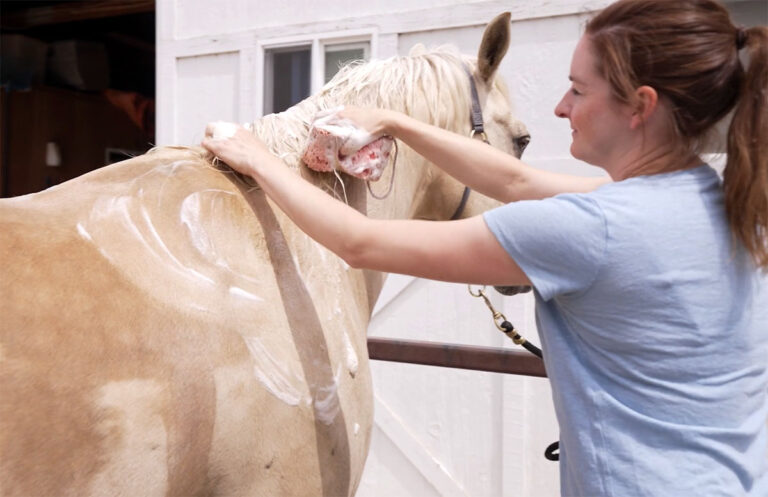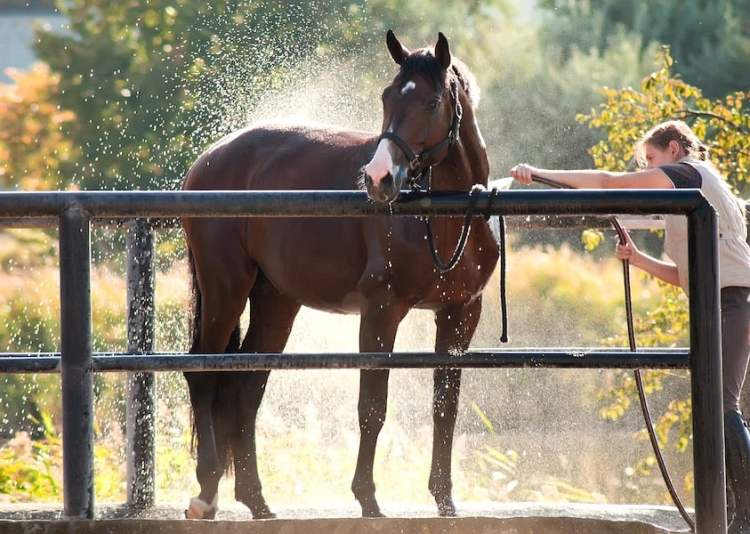Understanding what horse breeds are good for jumping is essential for equestrians aiming to excel in show jumping competitions. Whether you’re a seasoned rider or a beginner exploring the world of horse jumping, the right breed can significantly impact your success and enjoyment. Selecting the best breed involves considering several factors, from athletic ability to temperament.
Horses are remarkable animals with unique characteristics that make each breed suitable for different disciplines. In this article, we will delve into the features that make certain breeds excel in jumping, helping you understand which horses may be the perfect fit for your aspirations.

Characteristics of Good Jumping Breeds
Strong Build and Muscle
A horse’s build plays a crucial role in jumping. Breeds with strong, muscular bodies are often preferred as they can provide the power and support needed to excel over obstacles.
Agility and Quick Reflexes
Agility is another significant trait in a good jumping horse. Breeds that possess quick reflexes and a natural athleticism tend to perform well when navigating through courses filled with various jumps.
Sensitive and Responsive
Jumping horses need to be responsive to their riders. Breeds known for their sensitivity to rider cues are generally easier to train and handle in competitive environments.
Top Breeds for Jumping
Thoroughbred
Known for their speed and agility, Thoroughbreds excel in competitive jumping scenes due to their energetic nature and eagerness to learn.
Warmbloods
Warmbloods are popular in the show jumping circuit. Breeds like the Dutch Warmblood and Hanoverian are renowned for their strength, technique, and steady temperament.
Iberian Horse
The Iberian Horses such as the Andalusian possess a natural elegance and balance that make them excellent for jump training.
Qualities to Consider in a Jumping Horse
Trainability
Opting for a breed that is highly trainable and willing to learn can ease the process of teaching complex jumping techniques.
Temperament
A composed and reliable temperament is invaluable in a jumping horse, ensuring the rider can maintain control during high-pressure situations.
Training and Maintenance
Training a horse for jumping requires consistency and dedication. Regular exercise, alongside strength-building techniques, ensures that they remain in optimal condition. You can check out various bond-strengthening groundwork exercises to enhance your relationship with your horse.
Safety Tips
Safety should always be a top priority when engaging in jumping activities. It is advisable to follow essential safety practices, as outlined in resources like horseback riding safety tips.
Equipment Care
Maintaining your equipment is equally important. Regular checks and proper storage are vital, along with the use of appropriate gear, as described in our guide on maintaining riding gear.
Benefits of Selecting the Right Breed
Improved Performance
Choosing the appropriate breed can directly influence performance, allowing both horse and rider to achieve their potential in jumping competitions.
Enhanced Experience
Riding a suitable jumping horse breed offers an enhanced equestrian experience, leading to more rewarding training sessions and events.
Conclusion
When determining what horse breeds are good for jumping, it’s important to consider the physical and behavioral attributes of each breed. Selecting the right horse based on these aspects will lead to a successful and enjoyable jumping journey.

FAQs
Q: What is the best breed for beginner jumpers?
A: Warmbloods are often recommended for beginners due to their calm demeanor and trainability.
Q: Can any horse be trained for jumping?
A: While many horses can learn to jump, breeds with a natural affinity for it tend to perform better.
Q: How often should a jumping horse be trained?
A: Regular training, ideally a few times per week, helps maintain fitness and technique.








